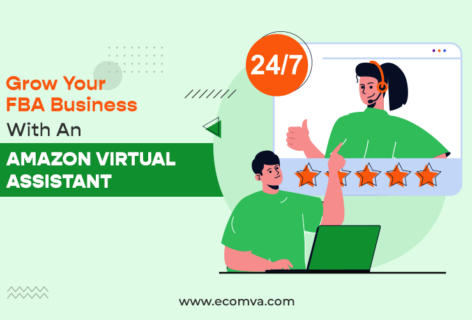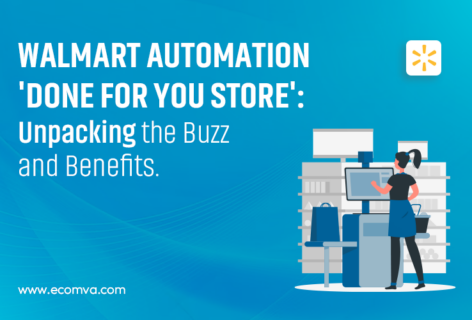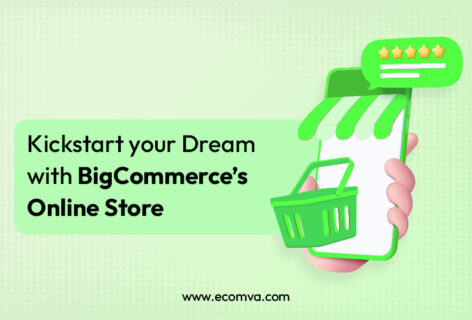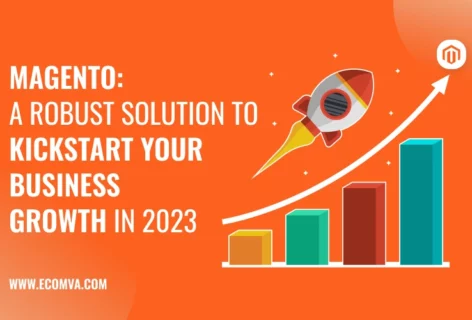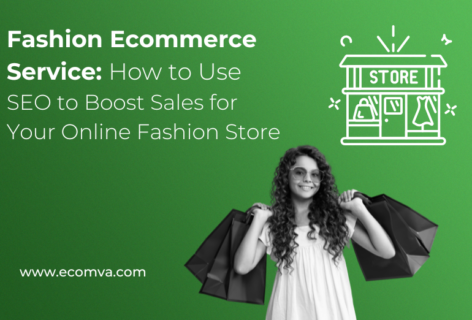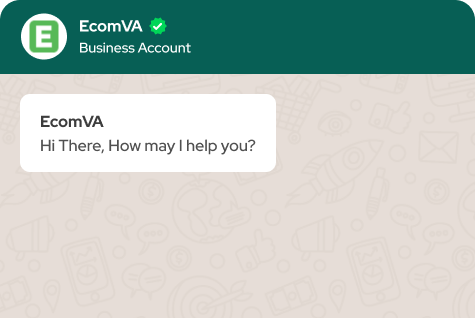What is social media advertising? Use social media to boost engagement
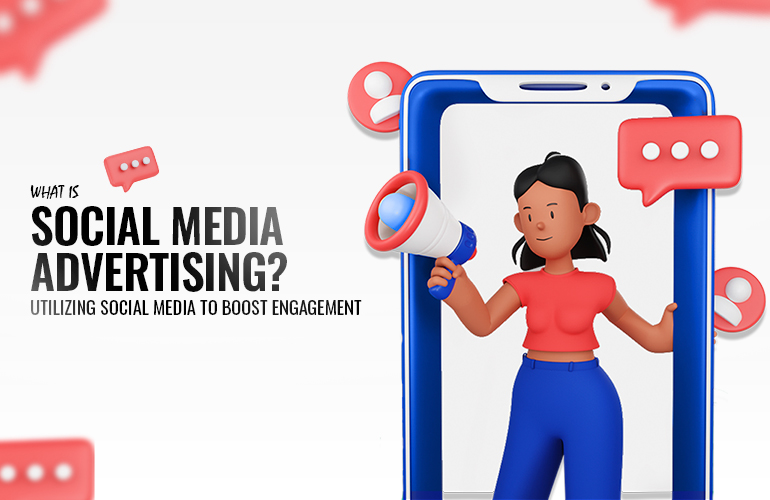
Did you know there will be around 4.89 billion social media users in 2023? Is it an opportunity or a challenge for you? For many people, managing social network advertising is difficult and requires a keen eye for the latest trends in the market.
We have compiled all the relevant, informative content to run social media ads hassle-free. The great responsibility is to grab attention within a minimal period, or your ad will be lost in the crowd.
What is social media advertising?
It is a method of digital advertising that helps business owners to invest in targeting potential audiences through social media channels. When there is high competition, making a difference that will help to meet the targets effortlessly is essential.
With the right resources, you can gather audience information, be it demographics, behavior, age, or interests. There are multiple methods to run a social media ad campaign that can be optimized as per your business goals and strategies.
What are the types of social media advertising?
Pay-Per-Click Advertising
PPC advertising, or Cost-Per-Click (CPC) advertising, charges advertisers every time a user will click on an ad. This model is commonly used for search engine advertising and on social media platforms such as Facebook and LinkedIn.
With PPC advertising, advertisers bid on specific keywords or audience demographics, displaying their ads to users who meet the targeting criteria. This method allows businesses to reach a specific audience while only paying for clicks, which can help maximize their advertising budget.
Sponsored Content
Sponsored content is social media advertising that involves paying to display content in a user’s newsfeed or timeline. This advertisement can take many forms, including sponsored posts, sponsored stories, and promoted tweets.
These ads are designed to blend in with the user’s organic content and often feature a call-to-action (CTA) to encourage users to engage with the content. Sponsored content effectively increases brand awareness, drives engagement, and reaches a broader audience.
Display Advertising
This type of advertising involves displaying banner ads or other visual content on a social media platform. Display ads can be targeted based on user demographics, interests, and behavior. They can be designed to encourage users to take a particular action, such as clicking through to a website or making a purchase. They can effectively increase brand awareness, drive website traffic, and promote products or services.
Video Advertising
Video advertising involves displaying video content to users on a social media platform. Video ads can be designed to be short and attention-grabbing and can be targeted to specific audience demographics and interests. Video ads can effectively increase brand awareness, drive engagement, and promote products or services. Many social media platforms now offer a variety of video ad formats, including in-stream ads, pre-roll ads, and sponsored content.
Influencer Advertising
This type of social media advertising partners with social media influencers to promote products or services. Influencers have a strong following list on social media platforms and are often seen as thought leaders or experts in their respective industries. By partnering with influencers, businesses can reach a highly engaged and targeted audience and leverage the influencer’s credibility and authority to promote their products or services.
What is the process of social media advertising?
Effective social media advertising involves a strategic process with the guidance of a professional SEO Company. Here is a general process that businesses can follow to create successful social media advertising campaigns:
1. Set Goals and Objectives
During your social media advertising process, it is significant to identify the goals and objectives of the campaign. This could include increasing brand awareness, driving website traffic, generating leads, or increasing sales. Businesses can create targeted campaigns to achieve specific outcomes by setting clear goals.
2. Define the Target Audience
Now, define the target audience for the campaign. This involves identifying the target audience’s key demographics, interests, and behavior patterns. By understanding the needs and preferences of the target audience, businesses can create ads that resonate with them and drive engagement.
3. Choose the Right Social Media Platform
Once the target audience has been defined, businesses must choose the right social media platform to advertise on. Each social media platform has unique features and advertising options, and it’s important to select the platform most likely to reach the target audience and achieve the campaign goals.
4. Create Compelling Ads
They are designed to get the attention of the target audience. This could include eye-catching visuals, engaging headlines, and persuasive Call-To-Action. Ads should be designed to align with the campaign goals and resonate with the target audience.
5. Set Budget and Bid Strategy
Social media advertising typically involves a bidding process, where businesses compete against each other for ad placement. Setting a budget and bid strategy aligned with the campaign goals and objectives is important. This will help ensure the campaign is cost-effective and delivers a strong return on investment.
6. Monitor and Optimize
Once the campaign is launched, monitoring its performance and optimizing as needed are important. This could involve adjusting the targeting options, modifying ad creative, or adjusting the bid strategy. By analyzing campaign data and making data-driven decisions, businesses can improve the effectiveness of their advertising campaigns over time.
7. Measure Results and Refine Strategy
Finally, measuring the campaign results and refining the advertising strategy as needed is important. This could involve analyzing key metrics such as reach, engagement, and conversions and using this data to inform future advertising campaigns. By continually refining the advertising strategy, businesses can maximize the effectiveness of their social media advertising and drive long-term success.
How to focus on famous social media platforms?
There are chances that you deal with social media promotion agency to manage the most popular platforms for social media advertising, including:
Being the largest social media platform in the world, it’s a reliable choice for social media advertising. It is popular to target audiences with an engaging platform. Here are a few advertising strategies:
- Image and Video ads: These are the most basic ad formats provided by this platform. Advertisers have the opportunity to highlight new products, services, and brands through a single high-quality image or video.
- Stories ads: Full-screen image, video or carousel ads presented through Facebook, Messenger, or Instagram. However, unlike typical stories, these ads do not disappear after 24 hours, which gives you a greater freedom of expression toward the target audience.
- Carousel ads: This will allow advertisers to showcase multiple images or videos within a single ad. Each advertisement can have its headline, description, link, or call to action (CTA).
- Slideshow ads: They are innovative and engaging ads that use either a single video or up to ten images to create a captivating slideshow. Unlike video ads, they are easy to create, fast-loading, and offer a great way to showcase your product.
- Collection ads: That is a smart way to showcase your brand’s products and make it easier for customers to browse and purchase from their smartphones. They feature a primary video or image, along with several accompanying images, displayed in a grid-like layout, providing an immersive shopping experience.
This is a visually focused social media platform that’s ideal for businesses with visually appealing products. With a massive user base, it has a great engagement rate and is highly popular among younger audiences. If your business and target market fit these characteristics, Instagram ads can be a great option for you, with various advertisement options such as:
- Image and video ads: These are the most common type of ads on Instagram since they rely heavily on visuals. These ads appear between posts by friends and followers, redirecting users towards a company’s page, website, or store.
- Instant Experience ads: They are immersive full-screen ads designed primarily for mobile devices. They are supported in both Instagram stories and feeds, creating an interactive and engaging experience for the user.
- Explore feed ads: It appears within Instagram’s Explore page, where users discover new content, watch videos, and find shopping experiences. These ads are an excellent way to find potential customers at the right time.
- Polling ads: are interactive ads used in Instagram stories that drive engagement and help businesses understand customers. This boosts engagement with the audience and lets them interact with your brand.
- Shopping ads: This can be integrated within Instagram Shop while increasing the visibility of your products and boosting shoppable posts. It lets social media users directly tap a product tag and learn more about an item.
It is a platform where people discover breaking news and engage with small and big-name influencers. With your social network advertising strategies, offer several different options for brands, such as:
- Image and video ads: This helps businesses to highlight products and services. It will capture the attention of potential customers. The ease of creation and usage, their ads can redirect people to a website or drive campaigns via viral engagement.
- Carousel ads: It enables you to showcase multiple products or promotions with up to six horizontally swipeable images or videos, telling a story and driving users to your website or app.
- Moments ads: This will allow users to deal with a collection of Tweets to share a detailed story beyond the normal character limits. They provide different perspectives and promote unique stories.
- Text ads: This resembles a standard tweet, including likes, replies, favorites, and retweets. These native ads give a similar feel to regular Twitter content and allows the users to expand their business reach organically.
Conclusion
Social network advertising requires great attention and continuous efforts to bring quality results. We have shared some insights to make a difference and carefully explore the best opportunities for your business by utilizing social media platforms.

